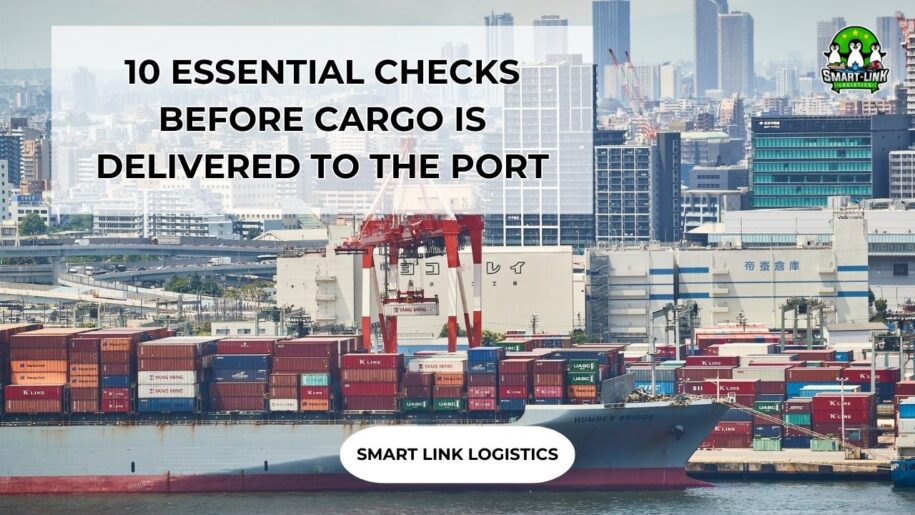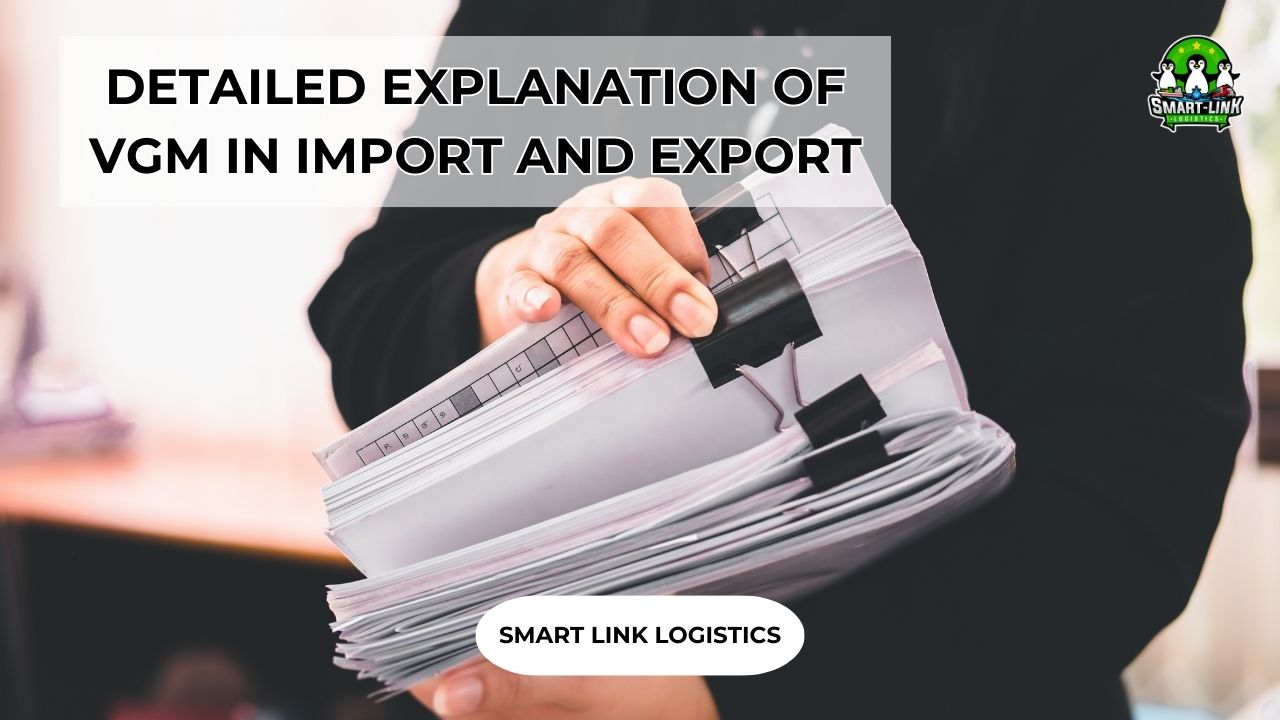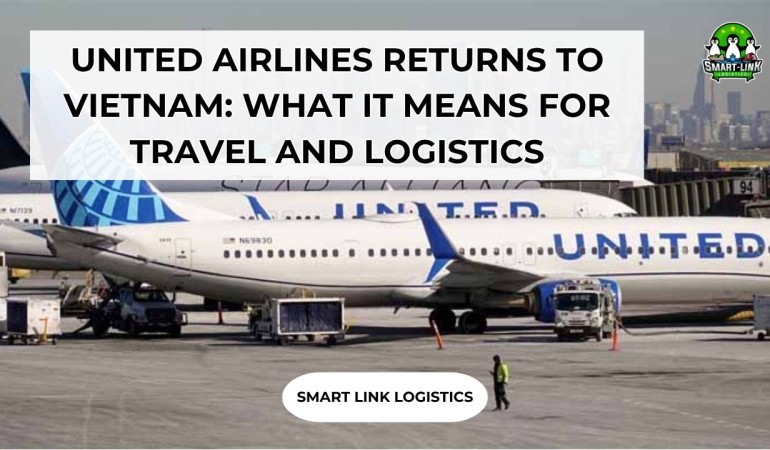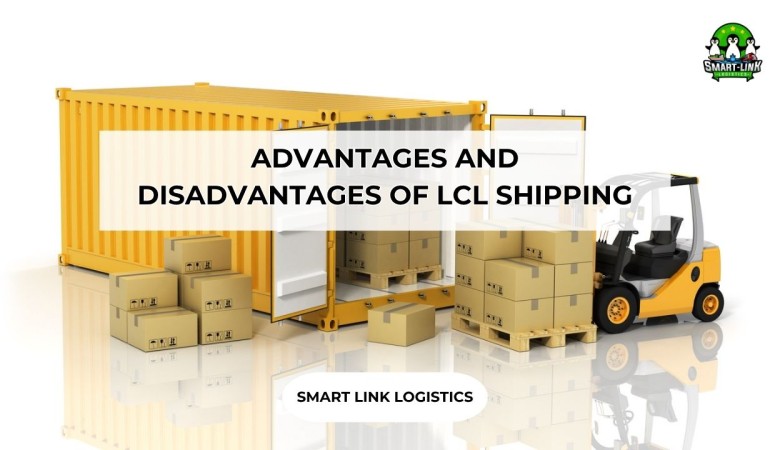
10 ESSENTIAL CHECKS BEFORE CARGO IS DELIVERED TO THE PORT
In export–import operations, even a minor mistake before cargo reaches the port can lead to significant losses: missed vessel schedules, unexpected storage and demurrage fees, or even cargo refusal from the buyer. Therefore, conducting a thorough pre-port inspection is a critical step—especially for documentation and field operation teams.
Below are ten detailed checks that experienced exporters and logistics professionals always perform to ensure smooth cargo handling and minimize risks before the vessel departs.
1. Review the Export Documentation
Begin by carefully verifying all documents, including the Invoice, Packing List, Contract, and Certificate of Origin (if applicable).
Key information such as buyer and seller details, Incoterms, quantities, and descriptions must be fully consistent across all documents.
Companies should use an internal checklist to review each detail before submitting the customs declaration to avoid errors that could lead to delays or rejection by customs authorities or carriers.
2. Cross-check Booking Information with Documentation
All booking details must match the export documents precisely, including booking number, vessel name, voyage number, ETD, cut-off times, container type, POL–POD, and free time.
Even a minor discrepancy can cause container mix-ups, shipment delays, or additional port and storage fees.
3. Confirm Cargo Closing Schedule and Cut-off Times
There are three important cut-offs to monitor: SI Cut-off, CY Cut-off, and VGM Cut-off.
Trucking should ideally be arranged at least one day before CY Cut-off to avoid traffic delays or operational bottlenecks.
In practice, many exporters have had cargo rolled for an entire week simply because the truck arrived an hour past the cut-off time.
4. Inspect the Empty Container Before Loading
Before loading, thoroughly inspect the empty container to ensure it is clean, odor-free, free of rust, and without any holes or damage.
Verify the container number and empty seal number against the booking details.
It is recommended to take photos of the container before loading as evidence in case of disputes regarding contamination or damage.
5. Ensure Cargo Is Loaded According to the Container Loading Plan
Cargo must be arranged according to the container’s load plan, secured with proper lashing materials to prevent shifting during transit.
Fragile or sensitive goods should be labeled clearly with instructions such as “Fragile,” “Keep Dry,” or “This Side Up.”
Proper loading not only protects the goods but also ensures smooth inspection at the port.
6. Record Images and Apply the Container Seal
After loading, photograph the container from all four angles and record the seal number clearly.
These images should be stored in the shipment file as supporting evidence if any issues arise.
Some carriers may refuse to accept a container if the seal number does not match the information submitted, so this step must never be overlooked.
7. Submit the VGM (Verified Gross Mass)
VGM is the verified total weight of the container, including cargo and the container tare weight.
Submitting an accurate and timely VGM according to the carrier’s required format is mandatory.
Incorrect or late VGM submission may result in the container not being loaded onto the vessel, delaying the entire shipment.

8. Prepare for Customs Declaration and Clearance
The exporter must confirm the appropriate customs branch, warehouse location codes, consolidation yard details, and estimated clearance time to avoid delays that could cause the shipment to miss the vessel.
Data should be uploaded early to the customs system to avoid system congestion or declaration errors during peak hours.
9. Confirm the Final SI and Review the Draft Bill of Lading
The draft Bill of Lading must be checked thoroughly: vessel name, consignee details, cargo description, container number, and seal number.
Only confirm the final SI when every detail is completely accurate.
Any error on the Bill of Lading can affect international payment procedures or delay cargo release at the destination.
10. Verify Local Charges and Payment Deadlines
Before cargo departs, exporters should review all applicable local charges such as THC, DOC, seal fees, handling fees, and VGM fees.
Compare them with the initial quotation to ensure correct billing.
After payment, store electronic invoices properly to prevent disputes or outstanding balance issues later on.
Conclusion
These ten essential checks help exporters maintain a smooth export process while minimizing risks such as rolled shipments, document mismatches, and unnecessary costs. For professionals working in export–import and logistics, pre-port cargo inspection is not merely a procedural requirement—it is a standard of professionalism that reflects a company’s capability and reliability.
If you’re looking for the best import-export solutions, feel free to contact us for detailed consultation. If you need legal support or assistance with customs procedures in import-export activities, please contact Smart Link Logistics for fast and efficient consultation. With over 15 years of experience in the transportation field, we are proud to accompany you throughout your journey.
Hotline: + 84 902 964 982 to know more about our services

If you require assistance with international import and export of goods, please contact our team at Smartlink Logistics. We are available to provide you with professional guidance on our services and the necessary customs procedures.
SMART LINK: BEST SERVICE BEST YOU


































